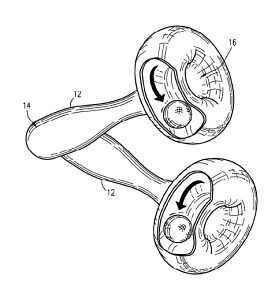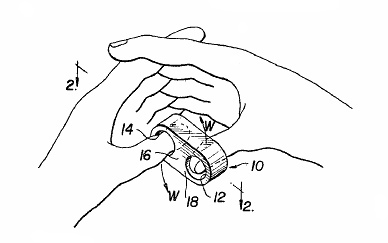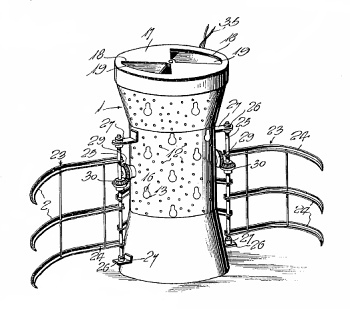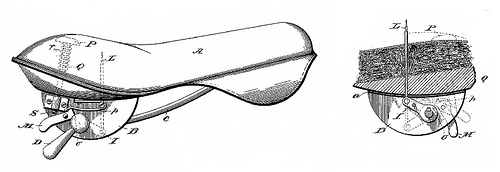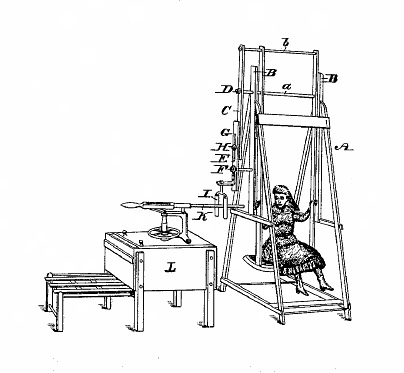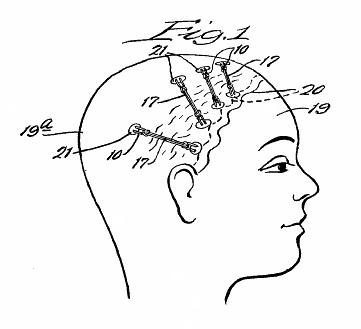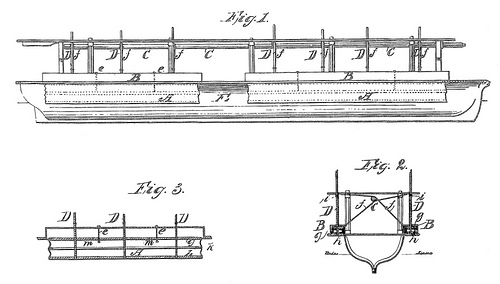
The first navigable submarine appeared in 1620. Dutch inventor Cornelius Drebbel covered a wooden frame with greased leather to make a watertight, steerable craft for the Royal Navy; within four years he’d produced an “invisible eel” large enough to accommodate 12 oarsmen and remain 15 feet underwater for three hours. It’s said he even took James I on a test dive in the Thames, making him the first monarch to travel underwater.
It’s not clear how Drebbel avoided carbon dioxide buildup. An acquaintance of Robert Boyle who had sailed on the sub said the inventor produced a “chemical liquor” that would “cherish the vital flame residing in the heart.” Possibly he had found a way to produce oxygen gas by heating nitre.
Drebbel’s sub never saw action, but it was centuries ahead of its time. As late as 1901 H.G. Wells wrote, “I must confess that my imagination, in spite even of spurring, refuses to see any sort of submarine doing anything but suffocate its crew and founder at sea.”

